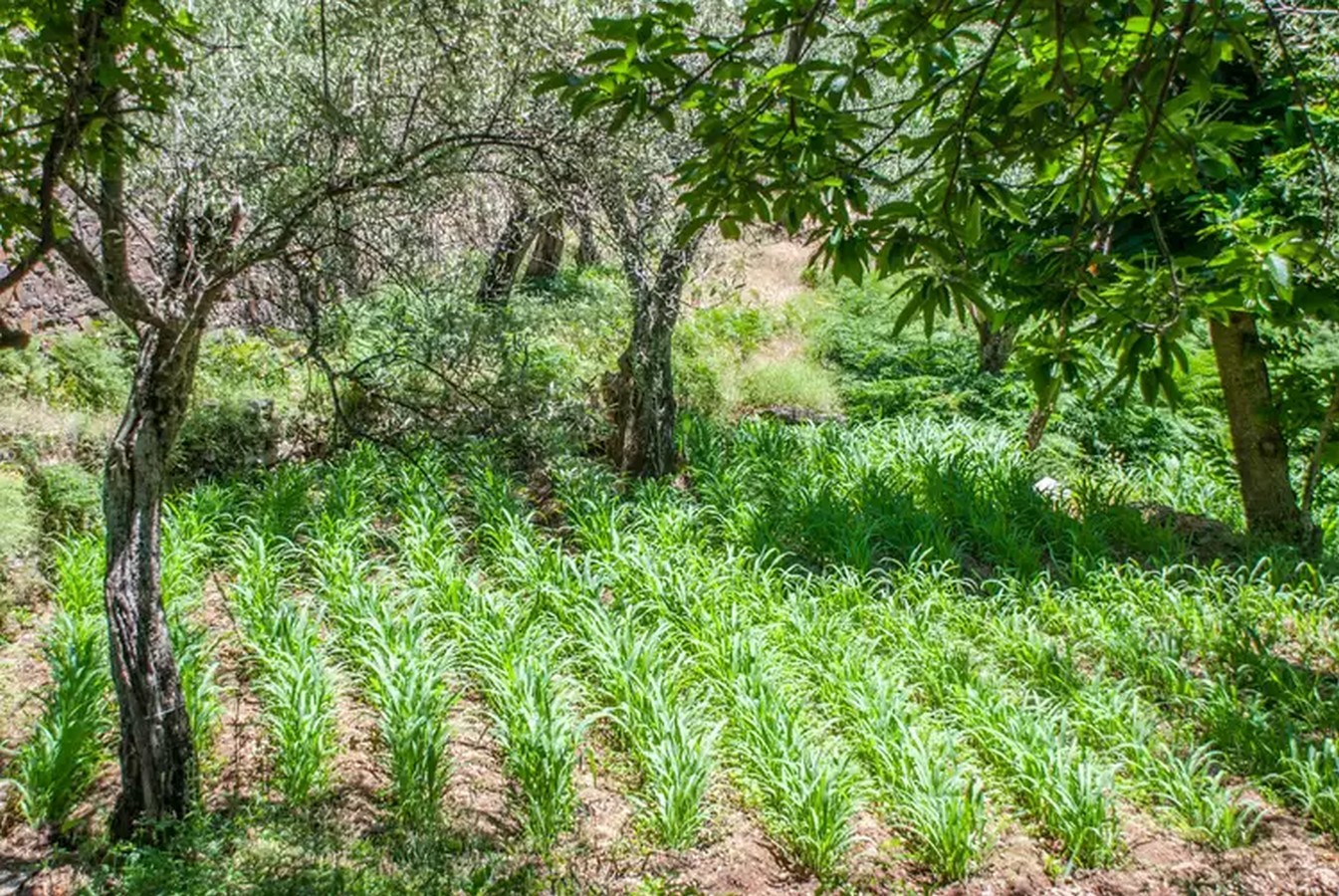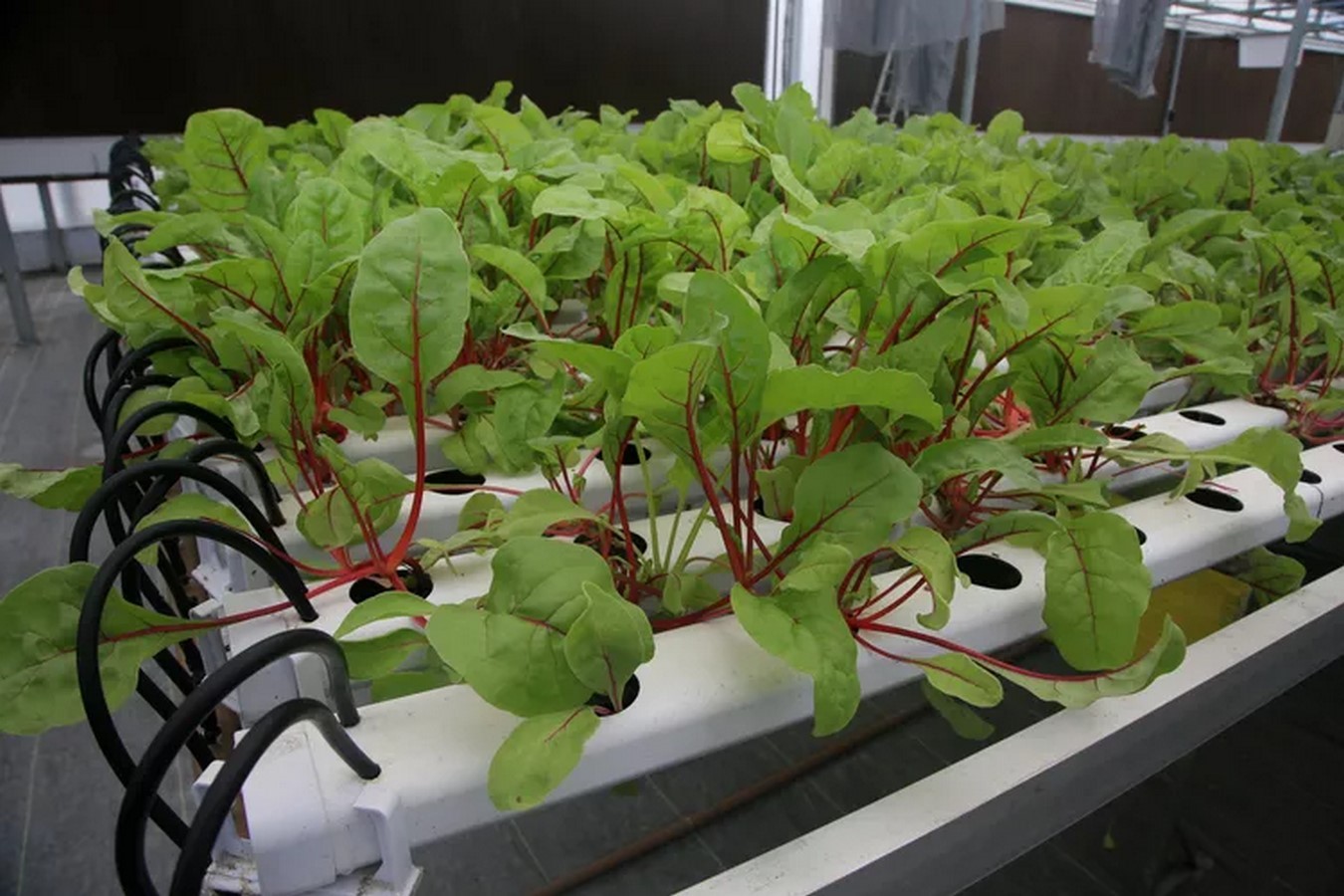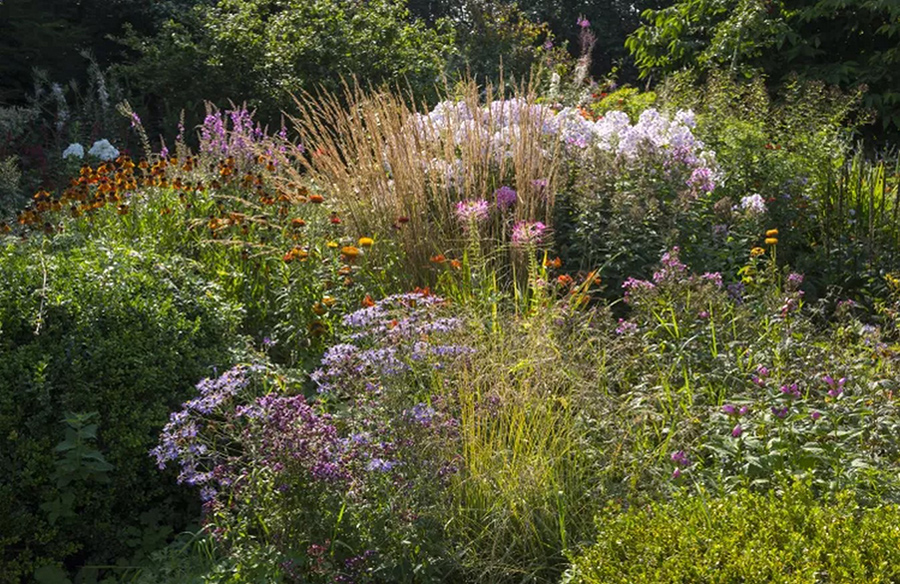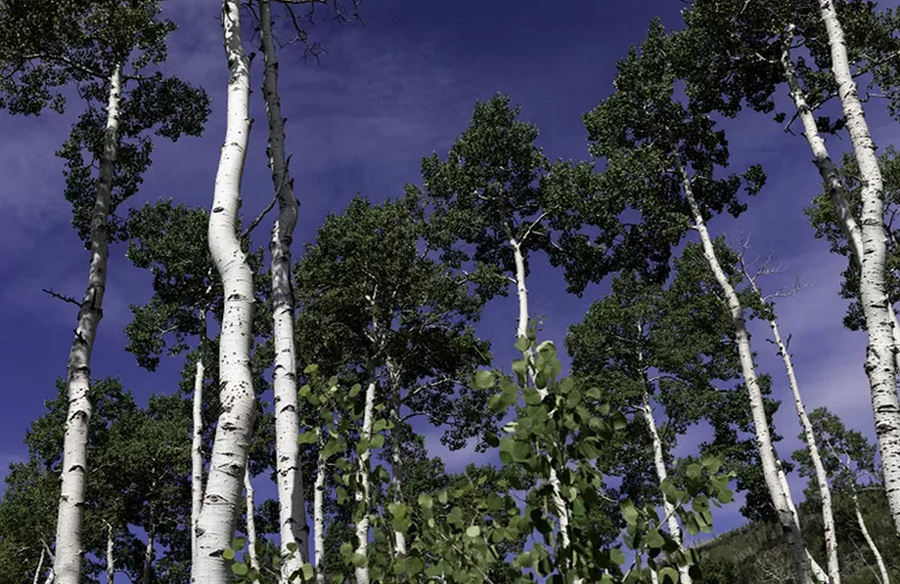As global temperatures continue to rise, gardeners face the challenge of creating gardens that can withstand extreme heat. Gardening for extreme temperatures goes beyond adapting to changing climates; it involves mitigating the effects of heat through careful design and plant choices. Here are some strategies to inspire heat-resilient gardens.
Xeriscaping
Choosing the right plants is crucial for creating gardens that can endure high temperatures. Plants native to arid or semi-arid regions are well-suited for heat-resistant gardens due to their ability to conserve water. Understanding a plant’s heat tolerance and water retention capabilities is essential for selecting species that thrive in specific garden environments.

Closed-Loop Aquaponics
Creating gardens resilient to heat involves decoupling from outdoor conditions. Closed-loop aquaponics systems offer controlled environments for food production, allowing gardeners to grow crops even in areas prone to extreme heat. These systems utilize water-based growing techniques in well-ventilated spaces, providing optimal conditions for plant growth.
Soil-Building Success
Building healthy soil is fundamental for creating heat-resilient gardens. Maintaining a living root system in the soil, avoiding tilling or digging, and using organic matter as mulches contribute to soil health and water retention. Techniques like no-dig gardening and raised beds enhance soil quality, ensuring gardens withstand heat waves.

Shade Creation
Creating shade in key growing areas is essential during hot summer months. While full sunlight is necessary for most annual food production, shade becomes crucial in extreme heat. Shade netting, pergolas, or structures covered with climbing plants offer effective shading solutions, protecting plants from excessive heat and sun exposure.
Forest Gardens
Forest gardens utilize careful planting arrangements to create shade where needed while maintaining sunny, open areas. By combining plants in layers, forest gardens optimize space and biodiversity, enhancing resilience to heat and other environmental stresses. Well-designed forest gardens thrive in extreme conditions once established.
Conclusion
Creating heat-resilient gardens requires thoughtful planning and strategic design. By selecting appropriate plant species, utilizing closed-loop systems, building healthy soil, and providing adequate shade, gardeners can cultivate gardens that thrive in the face of rising temperatures. Drawing inspiration from nature’s resilience, heat-resistant gardens offer sustainable solutions to the challenges posed by extreme heat.










